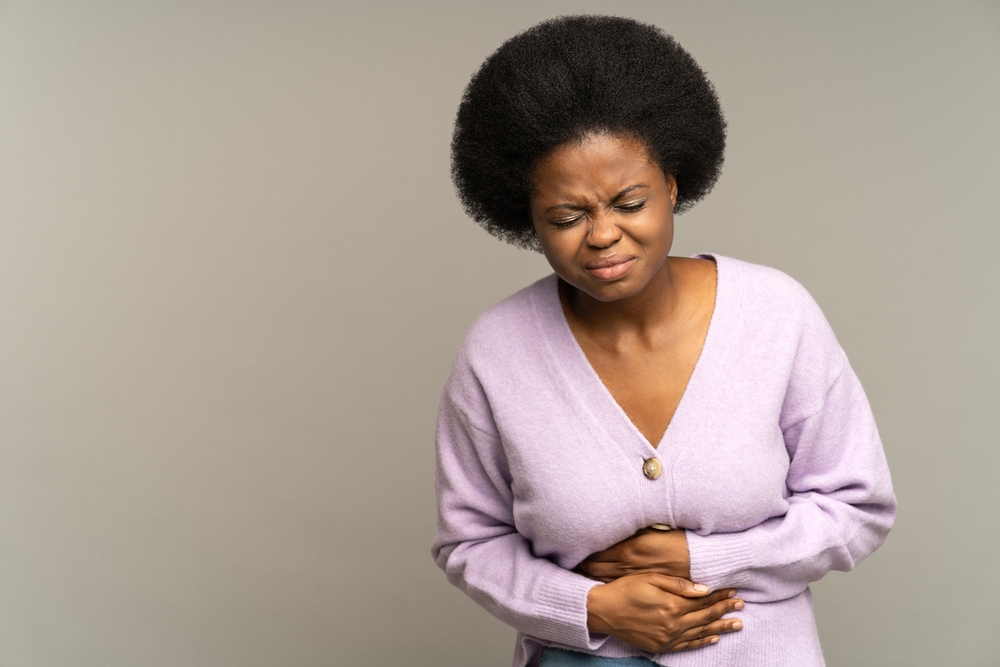Nothing quite compares to the moment when innocent-looking food transforms into biological warfare inside digestive systems, turning normal people into miserable creatures hugging toilet bowls and questioning every meal choice they’ve ever made. Food poisoning strikes millions of people annually, creating a special kind of misery that combines nausea, explosive diarrhea, and the kind of stomach pain that makes people pray to porcelain gods.
The bacterial, viral, or parasitic invaders that cause food poisoning don’t just create temporary discomfort – they launch full-scale assaults on digestive systems that can leave people dehydrated, malnourished, and utterly exhausted for days or even weeks. Recovery isn’t just about waiting for symptoms to pass, it’s about actively supporting the body through a complex healing process while avoiding complications that could land someone in the emergency room.
Most people approach food poisoning recovery with the medical sophistication of medieval peasants, assuming that suffering through symptoms without any strategy is somehow noble or necessary. The reality is that smart recovery tactics can significantly reduce both the severity and duration of illness while preventing dangerous complications that develop when food poisoning gets out of control.
The dehydration disaster that’s more dangerous than the nausea
Food poisoning symptoms create a perfect storm for rapid dehydration that can become life-threatening faster than most people realize. Vomiting, diarrhea, and fever work together to drain fluids and electrolytes from the body at rates that can’t be replaced through normal drinking, especially when keeping anything down becomes nearly impossible.
The challenge with food poisoning dehydration is that traditional rehydration methods often fail because damaged digestive systems reject fluids or immediately expel them. This creates a vicious cycle where people become increasingly dehydrated while being unable to tolerate the fluids they desperately need for recovery.
Oral rehydration solutions provide the specific combination of electrolytes and glucose needed to maximize fluid absorption even when digestive systems are compromised. These solutions can be purchased at pharmacies or made at home using precise ratios of salt, baking soda, and sugar that optimize the body’s ability to retain fluids during illness.
The BRAT diet myth that’s keeping people sick longer
The famous BRAT diet – bananas, rice, applesauce, and toast – has become the default recommendation for food poisoning recovery, but this approach can actually delay healing by providing inadequate nutrition when the body needs maximum support for immune function and tissue repair.
While these foods are easy to digest and unlikely to irritate damaged digestive systems, relying solely on them creates nutritional deficiencies that can prolong recovery and increase susceptibility to complications. The body needs protein for immune function, healthy fats for inflammation control, and a broader range of nutrients than the BRAT diet provides.
A more effective approach involves gradually expanding food choices beyond the basic BRAT items to include gentle proteins like boiled chicken, easy-to-digest carbohydrates like plain pasta, and cooked vegetables that provide essential nutrients without overwhelming compromised digestive systems.
The timing strategy that makes all the difference
Knowing when to eat, what to eat, and how much to eat during food poisoning recovery can dramatically impact both comfort levels and healing speed. The common mistake of trying to resume normal eating too quickly often leads to setbacks that extend recovery time and increase misery.
The initial phase of food poisoning recovery should focus primarily on hydration while allowing digestive systems to rest and begin healing. Forcing food too early can trigger additional vomiting and diarrhea that worsens dehydration and prolongs symptoms.
Once vomiting subsides and small amounts of clear fluids can be tolerated, introducing bland foods in tiny quantities allows gradual assessment of digestive capacity without overwhelming recovering systems. The key is listening to the body’s signals and advancing slowly rather than rushing back to normal eating patterns.
The foods that heal versus the ones that harm
Certain foods can actively support recovery from food poisoning by providing easily absorbed nutrients, soothing damaged digestive tissues, and supporting immune function. Bone broth provides electrolytes and easily absorbed proteins, while foods like bananas offer potassium that’s often depleted during illness.
Probiotic foods can help restore healthy gut bacteria that may have been disrupted by food poisoning, but timing matters – introducing these foods too early can sometimes worsen symptoms, while waiting until digestive function stabilizes can provide significant benefits.
Foods to avoid during recovery include anything high in fat, sugar, or fiber that can irritate damaged digestive tissues and trigger symptom recurrence. Dairy products often become temporarily problematic even for people who normally tolerate them well, since food poisoning can temporarily reduce lactase production.
The warning signs that demand immediate medical attention
While most food poisoning cases resolve with home care, certain symptoms indicate serious complications that require immediate professional medical intervention. Blood in vomit or stool suggests significant tissue damage that could lead to dangerous bleeding or infection.
High fever above 101°F indicates that the body’s immune response may be overwhelmed or that bacterial infection has spread beyond the digestive system. Persistent vomiting that prevents hydration can lead to severe dehydration and electrolyte imbalances that require intravenous treatment.
Signs of severe dehydration including dizziness, lightheadedness, decreased urination, or confusion indicate that home treatment isn’t adequate and professional medical care is needed to prevent organ damage or other serious complications.
The vulnerable populations who face higher risks
Certain groups face significantly higher risks of severe complications from food poisoning and may need more aggressive treatment approaches. Elderly individuals often have weaker immune systems and are more susceptible to dehydration, making seemingly minor food poisoning episodes potentially life-threatening.
Young children can become severely dehydrated much more quickly than adults and may need professional medical evaluation even for apparently mild food poisoning symptoms. Pregnant women face risks to both themselves and their developing babies, making prompt medical consultation important.
People with compromised immune systems, chronic health conditions, or inflammatory bowel disease may experience more severe symptoms and slower recovery, requiring closer monitoring and potentially professional medical management even for routine food poisoning episodes.
The prevention strategies that actually work
Preventing food poisoning requires understanding that contamination can occur at multiple points from farm to table, making comprehensive food safety practices essential rather than relying on single preventive measures.
Proper hand washing before food preparation and after handling raw meats can prevent cross-contamination that leads to food poisoning. This includes washing hands thoroughly with soap and warm water for at least 20 seconds, not just quick rinses that leave dangerous bacteria in place.
Temperature control during food storage and cooking kills most pathogens that cause food poisoning, but this requires understanding safe temperatures for different foods and using reliable thermometers rather than guessing about doneness based on appearance.
Safe food handling practices include avoiding cross-contamination between raw and cooked foods, refrigerating perishables promptly, and being cautious about food from questionable sources or preparation environments that may not follow proper safety protocols.















